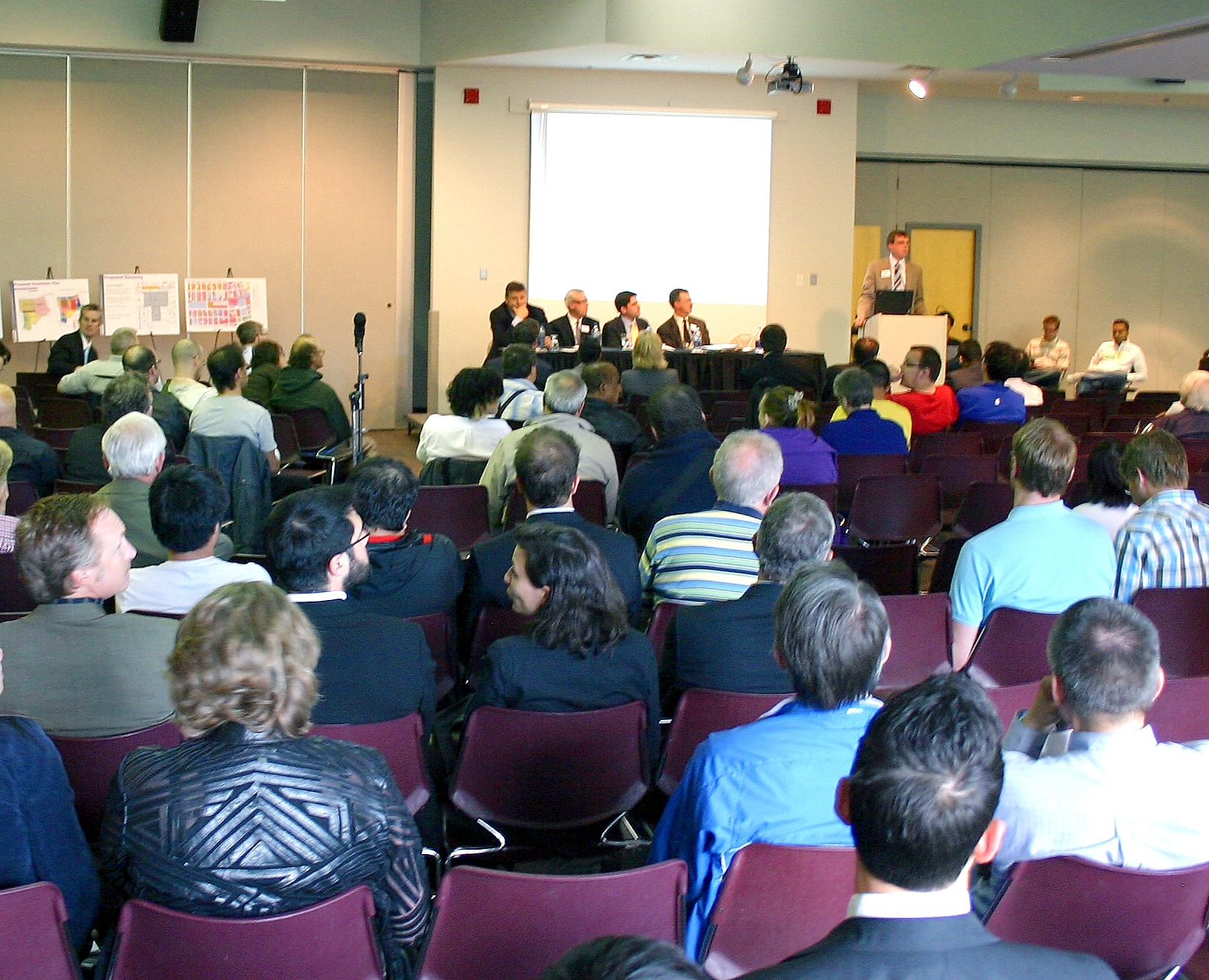Current e-Journal
-

August 13, 2024

Who Gets to Decide?
In this week’s Systems Change Newsletter…
- Catalytic Thinking Exercise: Who Gets to Decide?
- Resources to Further Your Practice
Catalytic Thinking Exercise:
Who Gets to Decide?
When your organization is prioritizing which issues to focus on, who gets to make those decisions?
In our experience, that question is at the heart of perhaps the biggest problem with social sector governance. And before you start pondering whether the answer is “the board” or “the staff,” the answer is more basic…
If community members are the ones who will be affected by the work the organization does, shouldn’t they be the ones to decide which issues to prioritize? Who knows best about the intricacies of dealing with poverty – the bank president who sits on your board, or the person living in their car?
If staff members are the ones who will be affected by a whole litany of board decisions, shouldn’t they be involved in determining which issues are important to address? Who knows best about the issues staff members face every day – from salary ranges to solutions to turnover and burnout – volunteer board members, or the very employees who are routinely excluded from board meetings?
At the core, this is about one of the most important questions at the heart of leadership:
Who gets to decide?
Are your decisions about which programs to pursue made by engaging community members to help prioritize and build those programs? Or are those decisions staff-driven and board-approved, perhaps based on the input of a focus group or a survey?
Are decisions that will affect 120 staff members made by engaging your staff to help determine the best approach? Or are those decisions made by 5 people on the leadership team and 15 board members, with barely any (if at all) staff input? Are your board meetings even open to your staff to attend?
We all like to think of our organizations as inclusive and engaged. But leaving people out of decisions that directly affect them is the opposite of inclusive. It is EXclusive.
At the heart of true inclusion and engagement is the phrase that began as the rallying cry of the disability rights movement:
Nothing about us without us.
And that all comes down to the question…
Who gets to decide about the issues and circumstances that will directly affect them?
Try this:
The “try this” exercise this week is perhaps the simplest we’ve ever posted. It’s just one question – the very first set of questions in the Catalytic Thinking framework:
Who will be affected by what we are considering?
And what will it take for them to lead the direction we take?
For every decision you are about to make – whether you are a board member, a CEO, a program manager or a line staff employee – ask that set of questions. (If it is helpful, there are tools to help you in the resource section below.)
Once you’ve asked the first part of the question, the second part is all about finding ways to meaningfully engage those individuals. Not lip service. Not a survey. Not 10 people in a focus group.
What would it take to live the values of “nothing about us without us?”
This is not an add-on. In Catalytic Thinking it is the very first question for a reason. Unless everyone who will be affected is contributing to the decisions we make, we cannot create what is possible.
If asking these questions scares you – perhaps it is a fear of losing control, or the fear of not being able to provide what people say is important to them – then that fear is likely keeping you from accomplishing your goals, apart from the issue of decision-making. The questions of Catalytic Thinking can help, as you move from what you fear to what “good” would look like, taking steps to make that happen. Letting our fears guide our decision-making is the road to perpetuating the very things we fear.
And that is what happens when we make decisions on behalf of others. That simple act takes away their own agency, perpetuating the paternalistic, we-know-best culture that has caused so many of the problems our communities face.
The answer is simple. Ask the question, over and over, in every situation you encounter.
Who will be affected by what we are considering?
And what will it take for them to lead the direction we take?
The power of “we are the ones we’ve been waiting for” all starts right here, with that simple question. That’s why it is the very first question in the Catalytic Thinking framework.
Image - Wikimedia Commons:
Public Meeting on AED Rezoning (4623510552).jpg via: https://flickr.com/photos/24311648@N00/4623510552
Resources to Further Your Practice:
- TOOLS: This exercise can help you discover all the people whose lives will be touched by your decisions. Try it here…
- LEARN: We documented every step of the engagement effort we undertook, to have our community determine what’s next for our mission. Our step-by-step is here…
- OPEN THE DOOR: One way to include people in your decision-making is to simply open your meetings to folks who are interested. Here’s what that can look like…
Help Keep Our Programs Freely Available
Creating the Future’s eJournal is free. And there are no financial barriers to our classes – tuition is whatever folks can afford. Because we never want money to stand in the way of people learning.
If you value our content and our approach, please donate here – and please consider becoming a monthly supporter of our work.
eJournal Archives:
If you’re new to our eJournal, or just want to remind yourself of past practice exercises we’ve shared, check out our eJournal archives here.
SUBSCRIBE
to get this e-Journal
Creating the Future is a 501(c)(3) tax exempt organization in the U.S.A

